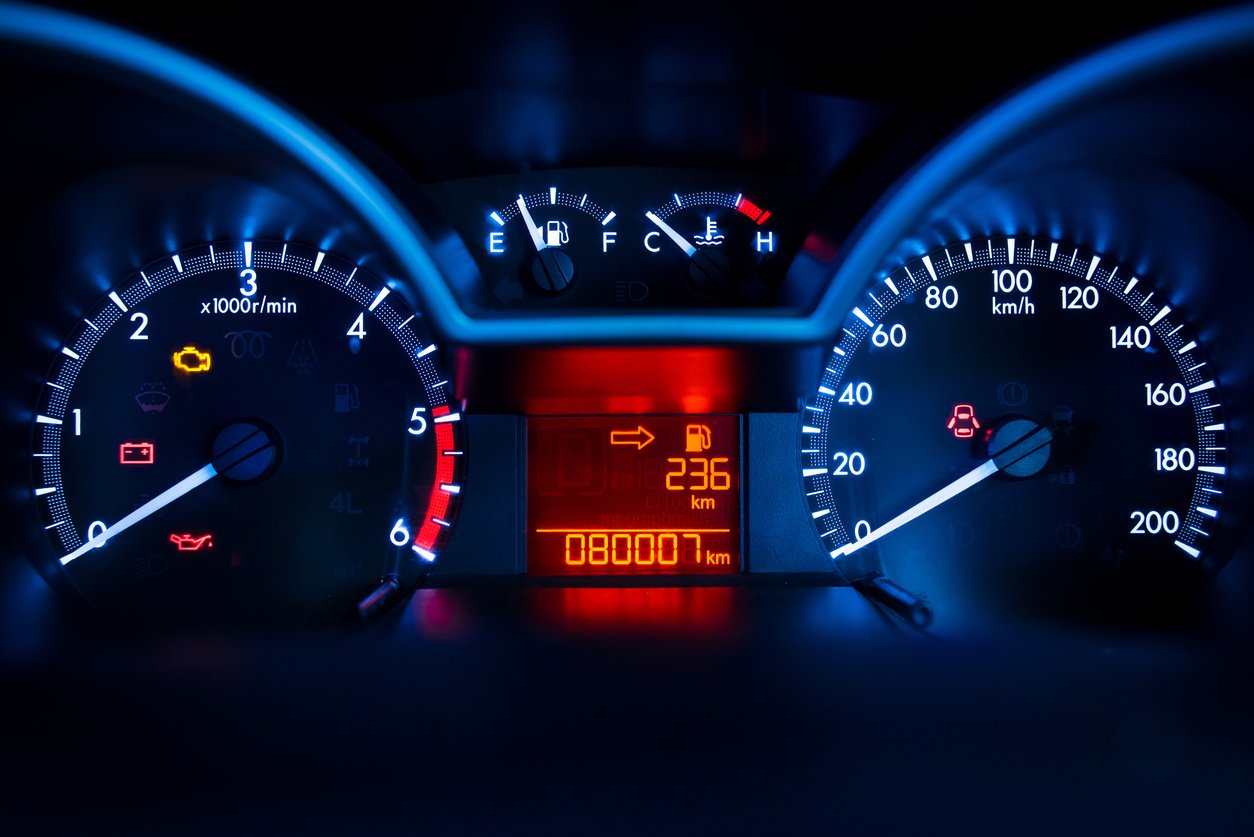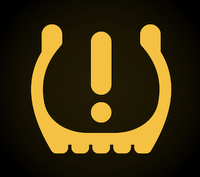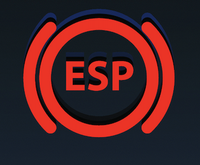What to do when a warning light comes on
If a warning light turns on, staying calm and acting promptly is essential. If you can safely pull over, do so, and observe the warning light and your surroundings. Is the warning light blinking? This indicates that the problem is urgent. Listen for any unusual sounds or smells from the car to help you diagnose the issue and get back on the road.
Step 1: Assess the situation
Keep in mind that every situation is unique, and the severity of the problem varies based on the warning light that comes on. If your car is driving normally, it may be okay to address the issue later. For instance, an oil pressure warning lamp may indicate your vehicle is due for an oil change, and you should do so at your earliest convenience.
Some warning lights are easy fixes, like forgetting to buckle your seat belt, shutting a door, replacing a gas cap, or leaving the parking brake engaged. However, other problems are more complex and require immediate attention. In these cases, refrain from operating your vehicle until you resolve the issue. If you're driving, find a safe spot to pull over and turn off the engine to prevent further damage.
Step 2: Check the owner’s manual
Your owner's manual provides information specific to your vehicle's make and model about what you should do if your warning lights illuminate. It explains the meaning of each light, its severity based on its display on the dashboard, and the appropriate action to take.
You can typically find your owner's manual in the glove compartment. You can also get a digital copy on the manufacturer's website. Reviewing this information before issues arise can help you avoid unsafe driving conditions and take appropriate action when necessary.
Part 3: Check the severity of the warning light
The warning light's severity depends on how the symbol appears. Take note of the light's color and whether it's flashing or steady.
- Color: Red lights typically represent significant malfunctions that require immediate attention, so consider pulling over if you see one while driving. On the other hand, amber warning lights indicate less critical issues. However, if left unresolved could cause further damage and wear to your vehicle.
- Flashing/Still lights: A flashing warning light, instead of a still-illuminated light, signals an urgent problem and requires immediate action. For example, a blinking traction control light (symbolized by a car with tire skids following behind) could mean that your traction control system detected a wheel slip or loss of traction.
Part 4: Take action
Once you've determined the severity of your car warning light, take action to ensure the safety of yourself and others. If you see a red or flashing light, pull over if it's safe. Different warning lights require other actions; for example, your coolant warning light illuminates red if your engine is overheating. In this case, pull over and shut off your engine for at least 20 minutes.
Less urgent warning lights, such as still warning amber lights, indicate your vehicle requires maintenance. Many vehicles have lights that remind you to fill up on low fuel, adjust your brake fluid level, add transmission fluid, add washer fluid, change your oil or inflate your tire. Take the time to remedy these issues as soon as possible. These warning light symbols are your reminder that drive a car that needs servicing is dangerous to you and other drivers.

















